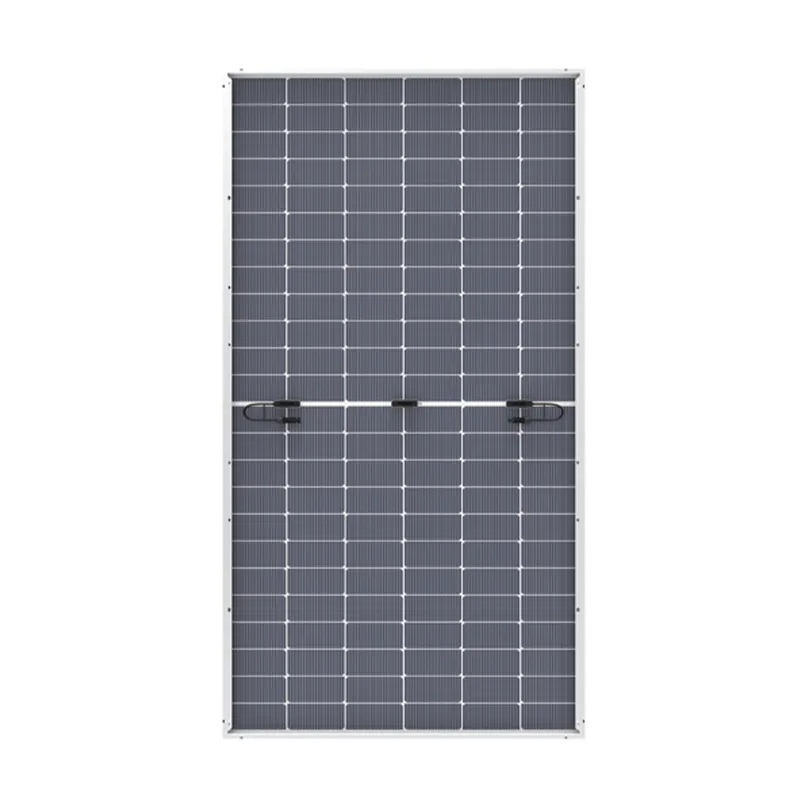panel bifacial vs monofacial
Comparing Bifacial and Monofacial Solar Panels A Comprehensive Overview
As the global shift towards renewable energy accelerates, solar technology continues to evolve, providing innovative solutions for harnessing solar power more efficiently. Among the latest advancements, bifacial solar panels have emerged as a contender to traditional monofacial panels. This article delves into the key differences between these two types of solar panels, highlighting their respective advantages and applications in today's energy landscape.
Understanding the Basics
Monofacial solar panels are the most commonly used solar technology. They feature photovoltaic cells on one side, which convert sunlight into electricity. The other side of the panel is typically opaque, limiting their ability to capture additional sunlight. In contrast, bifacial solar panels have photovoltaic cells on both sides, allowing them to capture sunlight that comes from above as well as reflected light from the ground or surrounding surfaces. This design enables bifacial panels to generate more energy under optimal conditions.
Efficiency and Output
One of the primary advantages of bifacial solar panels is their enhanced energy efficiency. Research indicates that bifacial panels can produce 10 to 20% more energy than their monofacial counterparts, primarily due to their ability to harness reflected sunlight effectively. This increased output makes bifacial technology particularly appealing for large-scale solar installations, such as solar farms, where maximizing energy production is crucial.
Installation and Cost Considerations
panel bifacial vs monofacial

When it comes to installation, monofacial panels are generally simpler and cheaper to set up. They can be mounted on various structures, from rooftops to ground arrays, without requiring special considerations for surface reflectivity. Bifacial panels, while potentially more productive, often necessitate specific installation techniques to optimize their benefits. For instance, they perform best when installed on reflective surfaces, like white gravel or certain types of concrete, which may add to installation costs.
Durability and Longevity
Both bifacial and monofacial panels are designed to withstand harsh environmental conditions, but bifacial panels often have an edge when it comes to durability. Their construction typically incorporates robust materials that can resist wear and tear from exposure to the elements. Furthermore, as technological advancements continue, bifacial panels are evolving to offer longer warranties, thus giving buyers added assurance of their investment.
Applications and Suitability
The choice between bifacial and monofacial panels largely depends on the specific application and installation environment. Bifacial panels are ideal for areas with high albedo (reflectivity), such as snowy or sandy regions, where reflected sunlight can significantly increase energy production. Monofacial panels, on the other hand, may be more suitable for residential installations or areas with less potential for reflected sunlight, owing to their straightforward approach and lower upfront costs.
Conclusion
In summary, both bifacial and monofacial solar panels have their own distinct advantages and applications. Bifacial panels offer higher efficiency and energy output, making them a compelling choice for large-scale projects where maximizing generation is critical. Meanwhile, monofacial panels maintain their relevance with simpler installation and lower costs. As the solar market continues to expand, the decision between these two technologies will often depend on individual project requirements, budget constraints, and environmental considerations.
-
Unlocking Energy Freedom with the Off Grid Solar InverterNewsJun.06,2025
-
Unlock More Solar Power with a High-Efficiency Bifacial Solar PanelNewsJun.06,2025
-
Power Your Future with High-Efficiency Monocrystalline Solar PanelsNewsJun.06,2025
-
Next-Gen Solar Power Starts with Micro Solar InvertersNewsJun.06,2025
-
Harnessing Peak Efficiency with the On Grid Solar InverterNewsJun.06,2025
-
Discover Unmatched Efficiency with the Latest String Solar InverterNewsJun.06,2025







